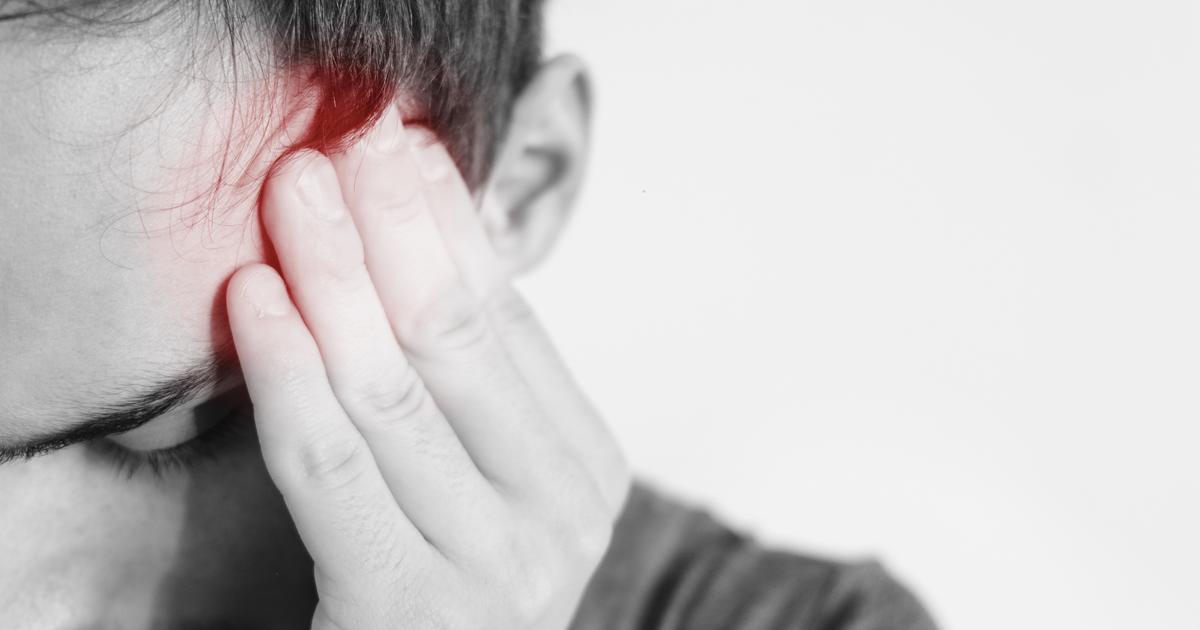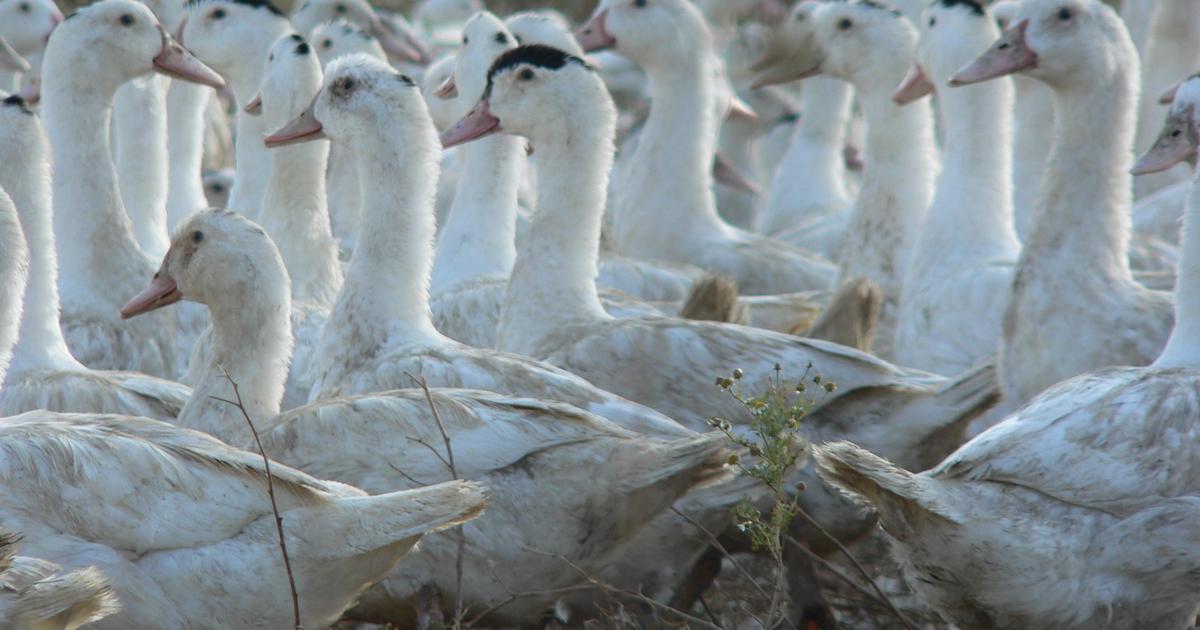Throughout this gloomy year, the numbers, at least, have shown us all the colors.
These are their representations in the form of cards in red, orange, or green;
of hollow curves, in bumps, accompanied by crossing of thresholds, in one direction or the other, which have confined or deconfined us.
Data has never been so decisive
Rate of incidence, reproduction, positivity, number of tests, number of hospitalizations ... We became acquainted with these indicators, watching for good or bad figures, their fluctuations and their consequences.
Few of the press conferences of the ministers concerned by the epidemic have not been backed up by batteries, bars, maps, translating batteries of indicators by country, by region, by department… by age.
Because the figures largely justified the decisions.
Behind this avalanche of data hides a heavy work of formatting.
As close as possible to the ground, it is often difficult to acquire them, then they have to be reassembled and treated.
These operations are accompanied by margins of error, statistical bias, and trompe-l'œil effects.
For example, the evolution of the number of cases is directly linked to the number of people tested.
In the graph below, we can very clearly distinguish the two waves of mortality by country and by continent and their distribution according to different temporalities.
In France, as elsewhere, the elderly or people with co-morbidities have paid a heavy price.
Since the beginning of this year, the launch of the vaccination campaign has started to ebb in the incidence curves.
Indicators which, by changing color from red to green, give hope for an end to the crisis, pleading for an acceleration of vaccination.
Le Figaro infographic.
France between confinements and curfews
At the end of January 2020, the first cases of patients affected by the coronavirus were officially reported in France, however, it is likely that older cases, confused with flu-like symptoms, have not been detected.
National containment is decided for March 17.
It will last eight weeks until gradual deconfinement which will allow students to return to school for 15 days and the French to go on vacation.
The figures are low in early summer, but start to rise again on August 20.
In September, the start of the school year begins with the wearing of a mask for teachers and children over 10 years old.
On October 17, a curfew was established in the major cities and in Île-de-France.
While the million case mark is crossed, a second confinement is decided on October 30.
In mid-December, it is replaced by a curfew, exceptionally lifted for Christmas Day.
On December 17, Emmanuel Macron tested positive for Covid-19.
At the end of December, the vaccination campaign was launched, but at the beginning of the year, the restrictions were accentuated, the advanced curfew, Nice and Dunkirk were re-defined at weekends, and several departments were under “reinforced surveillance”… Mid- March, the mad race of the virus and its variants still continues.
Seniors on the front line
The elderly as well as carriers of comorbidities, arterial hypertension, obesity, diabetes, etc. are the most exposed.
In France, a study by the National Medicines Safety Agency (ANSM) shows that the risk of hospitalization for 70-74 year olds is tripled compared to 40-44 year olds.
During the first and second waves, the general excess mortality of those over 75 is the highest each time.
It is the residents of nursing homes who pay the heaviest price.
In April 2020 there are more than double the deaths than in hospitals.
Vaccination at all costs
No one believed in the development of a vaccine in less than a year and yet 10 months were enough… Pasteur's country has been overtaken by the United States, Germany, Russia and China.
With a new so-called messenger RNA technology, the laboratories have not only succeeded in making their products 90% effective against the virus, but also against its British, Brazilian and South African variants, which appeared during its numerous mutations.
It was on December 21, 2020 that the European Medicines Agency gave the green light to Pfizer-BioNTech's vaccine, the first to be authorized against Covid-19.
Despite the difficulties of supply, logistics or conservation (at -70 ° C for some), the rate of the vaccinated population is steadily increasing.
Today, three vaccines are available in France: Pfizer-BioNTech, Moderna, AstraZeneca and a fourth, Johnson & Johnson should arrive in April.
More than 6%, or 4 million people have received at least a first dose, including more than 30% among those over 75 years old.


/cloudfront-eu-central-1.images.arcpublishing.com/prisa/LXJQLIHEEJDHBNVN45ZLQLAMJY.jpg)












